Alder Leaf Beetle (Agelastica alni)
Here is a detailed overview of the Alder Leaf Beetle (Agelastica alni), a striking and increasingly visible leaf beetle in Europe:
🪲 Alder Leaf Beetle (Agelastica alni)
🔹 Taxonomy
- Order: Coleoptera
- Family: Chrysomelidae (Leaf beetles)
- Subfamily: Galerucinae
- Genus: Agelastica
- Species: Agelastica alni
- Authority: (Linnaeus, 1758)
🔹 Identification
- Size: 6–7.5 mm long
- Color:
- Adults are a deep metallic blue to bluish-black, sometimes with a purplish sheen
- Elytra (wing covers) are smooth and shiny
- Shape: Oval, slightly convex body with pronounced segmentation and short antennae
- Larvae: Soft-bodied, black or dark gray, with a segmented appearance
🔹 Distribution
- Native to: Much of Europe and parts of Western Asia
- Once rare in parts of Western Europe, but recolonized and spreading rapidly in the UK, Germany, and Benelux countries since the early 2000s
- Often considered a re-emerging species after near disappearance in some regions
🔹 Habitat
- Found primarily in areas with alder trees (Alnus spp.), especially:
- Riverbanks
- Wet woodlands
- Hedgerows
- Urban parks and gardens
- Often seen in large numbers on host trees
🔹 Life Cycle
🌱 Host Plants
- Prefers Common Alder (Alnus glutinosa)
- Can also feed on Grey Alder (Alnus incana) and occasionally hazel, birch, or hornbeam
🐞 Reproduction
- Spring: Adults emerge from overwintering in leaf litter or bark crevices
- Females lay clusters of eggs on the underside of alder leaves
🐛 Larval Stage
- Larvae feed in groups, skeletonizing leaves
- After several molts, they drop to the ground to pupate in the soil
🪲 Adults
- Emerge in mid to late summer and feed on alder leaves
- Overwinter as adults in ground debris or tree crevices
🔹 Feeding Damage
- Both larvae and adults feed on alder foliage, creating:
- Skeletonized leaves
- Significant defoliation in high densities
- Rarely causes long-term damage to healthy trees, but can stress saplings or weaken trees in poor condition
🔹 Ecological Role
- Part of the natural alder ecosystem
- Food source for birds and predatory insects
- Potential host for parasitoid wasps and natural predators
🔹 Conservation & Status
- Not endangered
- Some regions welcome its return as part of a balanced native ecosystem
- Not considered a serious pest but monitored where populations surge
🔹 Fun Facts
- Despite their vivid color, adults are non-toxic and rely on camouflage and quick movement for protection
- A good example of a species recovering naturally after past decline, likely due to environmental or climatic factors
📸 Observation Tips
- Look for shiny blue beetles on alder leaves between late spring and early autumn
- Feeding signs (holes or skeletonized leaves) can help locate them
- Beetles drop quickly if disturbed—move slowly for photography
Visited 1 times, 1 visit(s) today
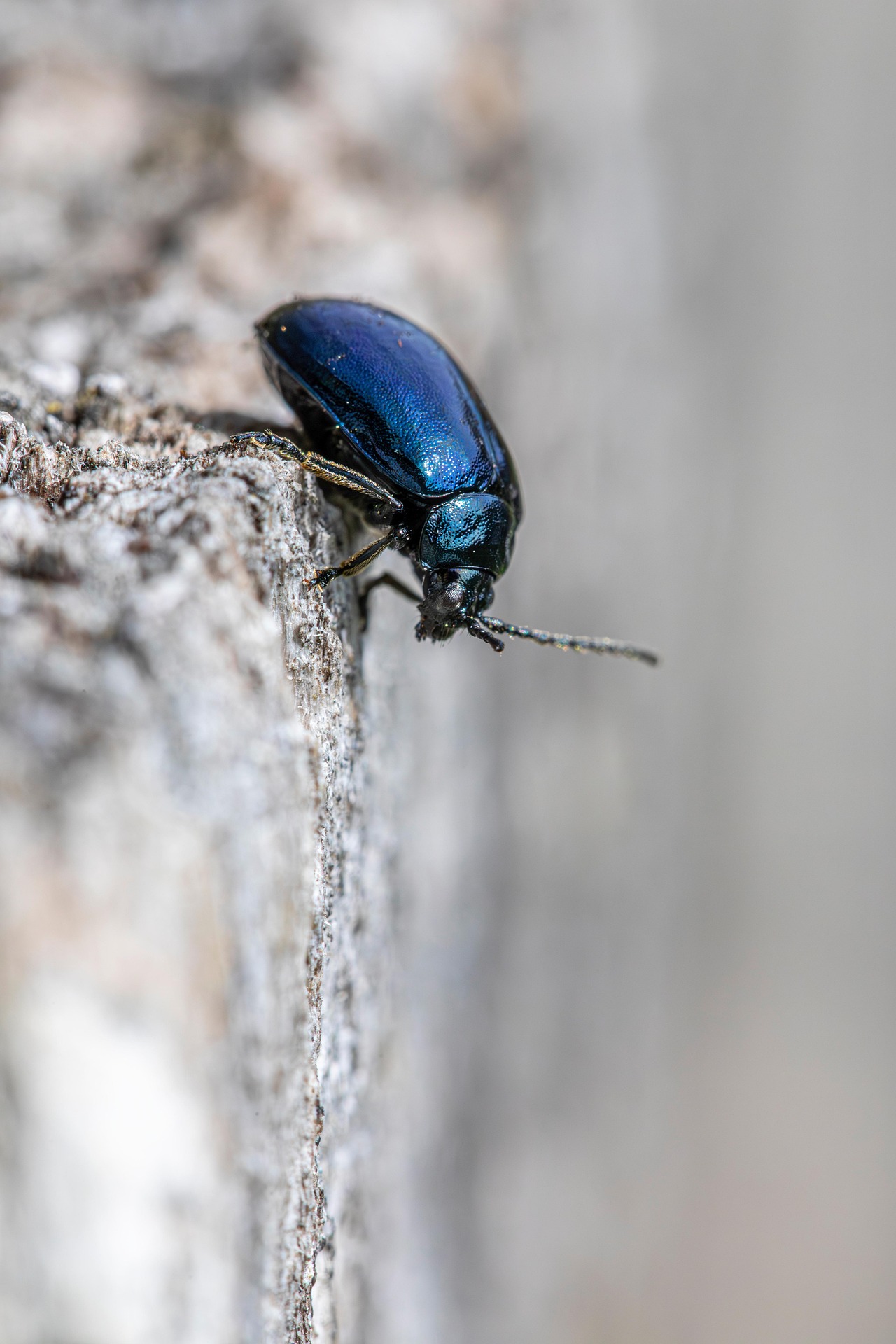
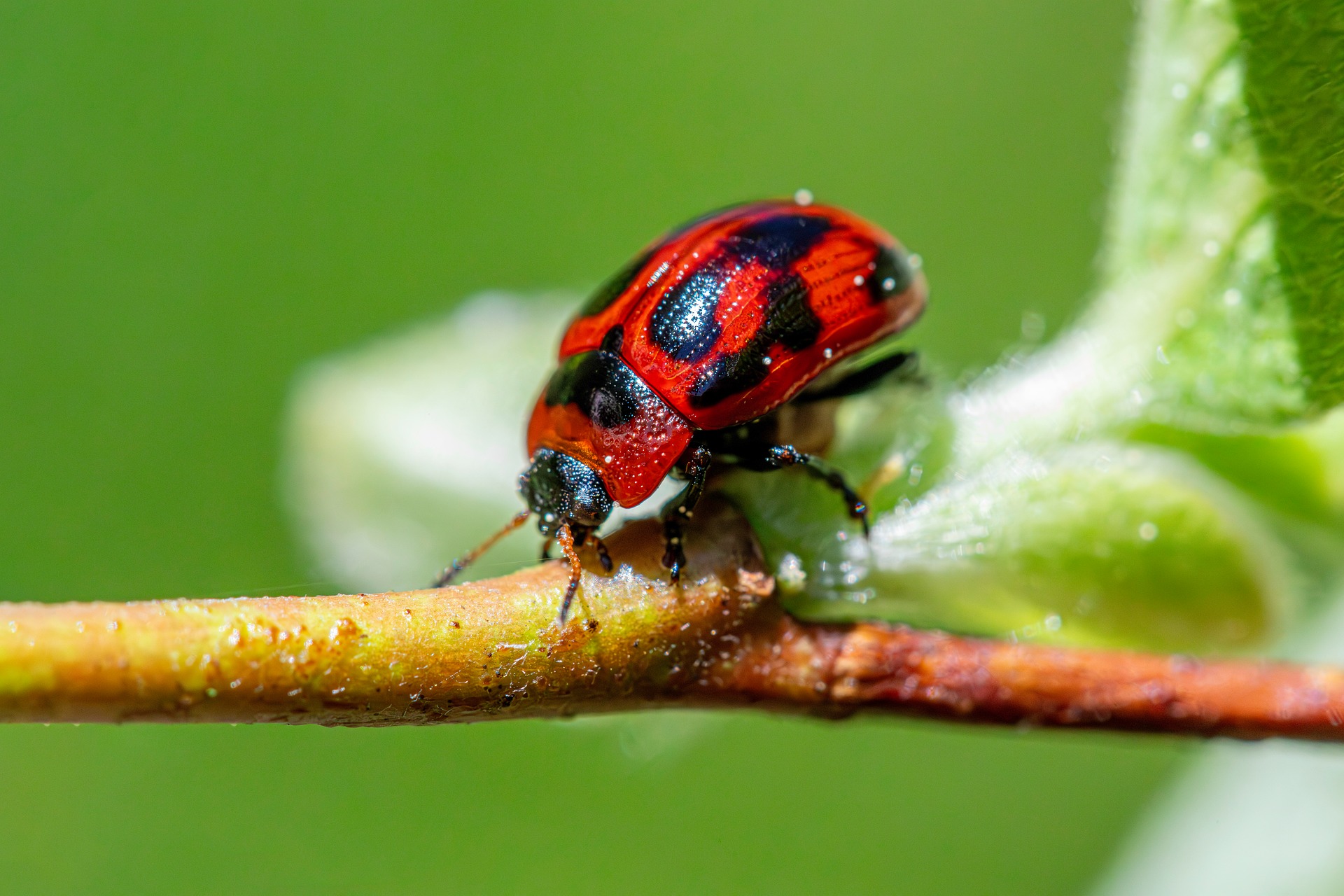
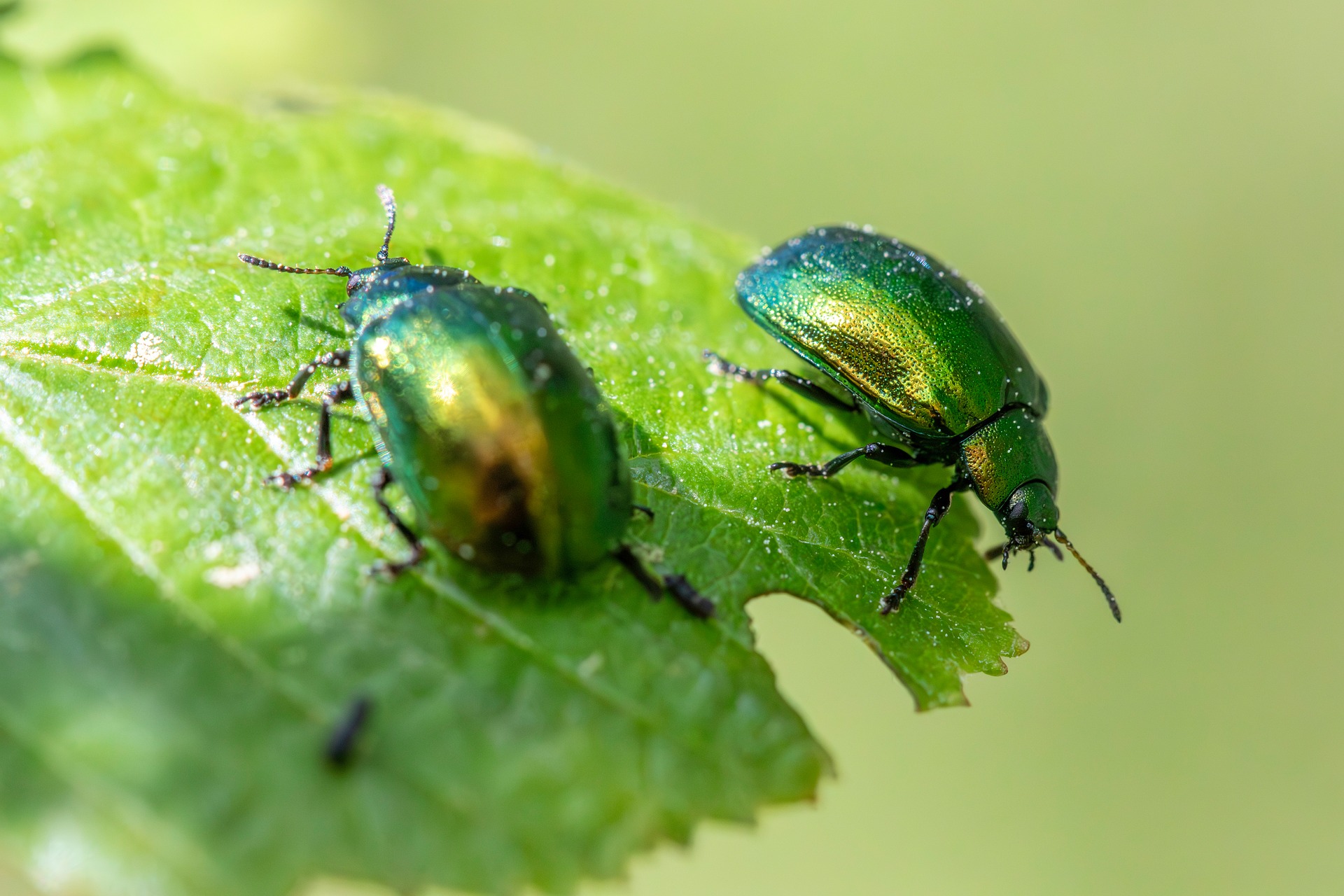
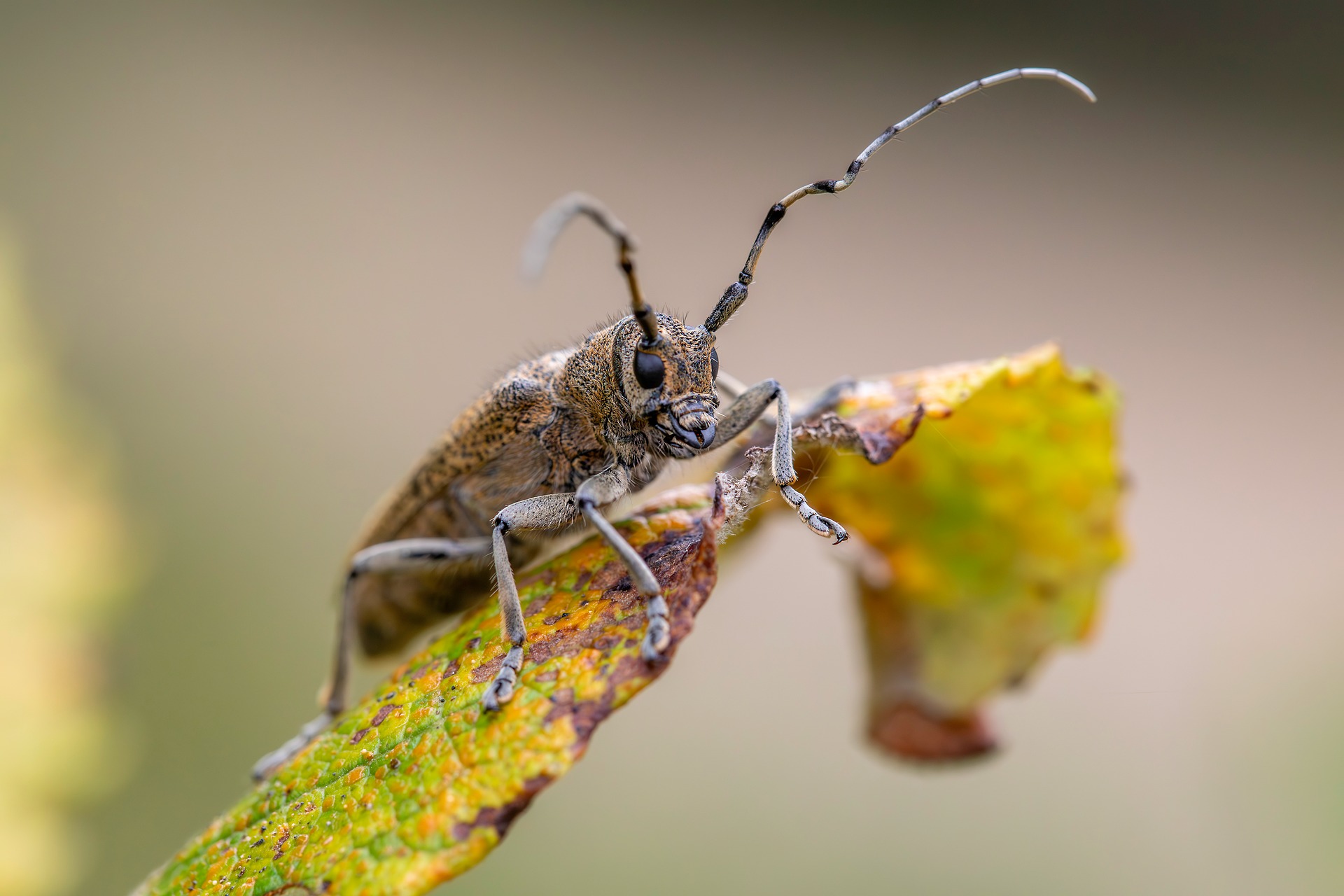
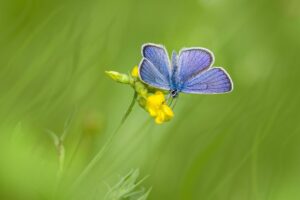
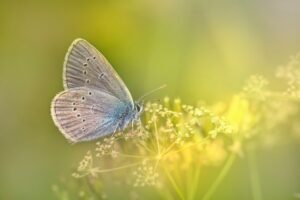
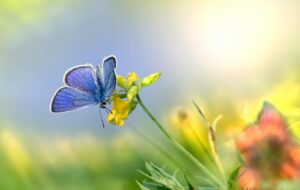
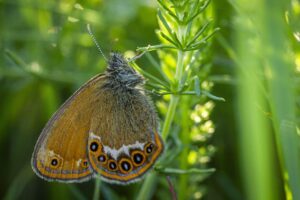
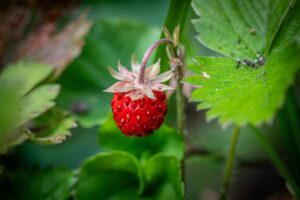
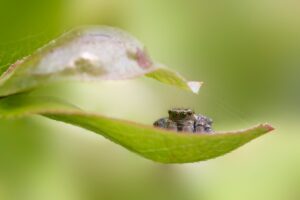
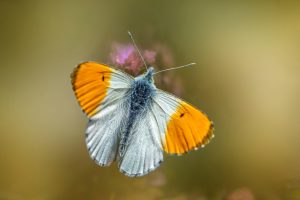
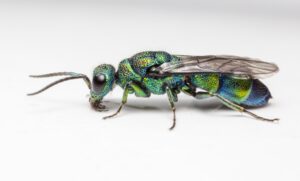
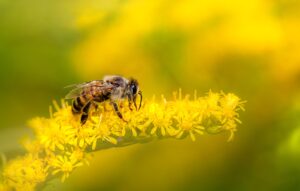
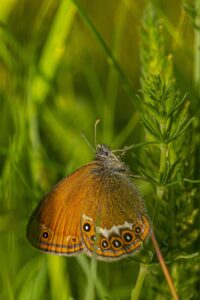
Post Comment